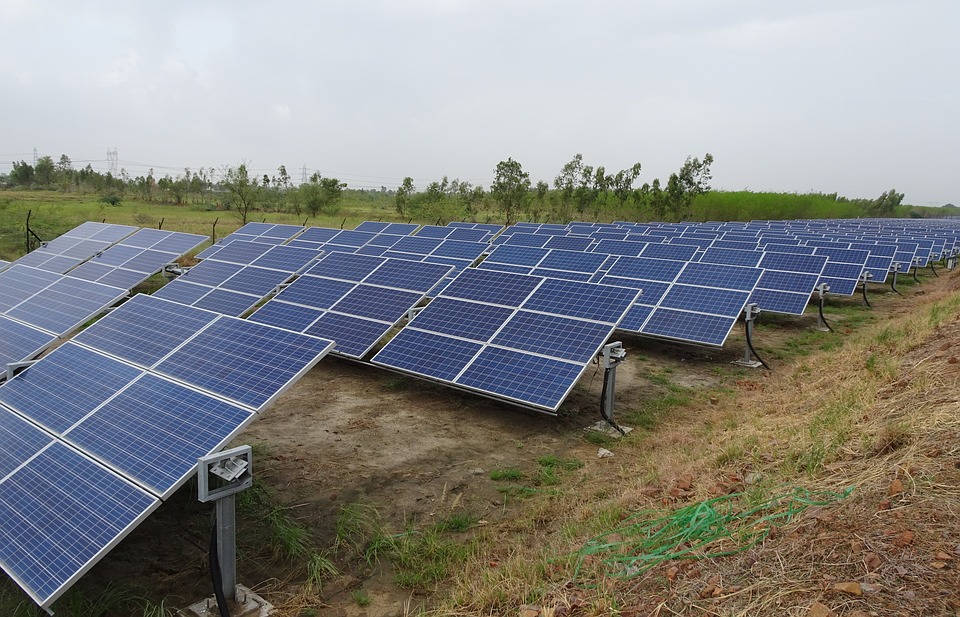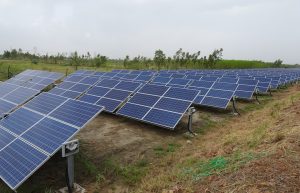Georgetown committed to obtaining two-thirds of its total electricity consumption from solar farms in Maryland and New Jersey through a Power Purchase Agreement (PPA) approved on Oct. 29.
According to a statement on the university website, the 15-year investment furthers the university’s commitment to greener, cleaner energy. Currently, the university purchases 100 percent of its electricity needs from conventional grid-based electricity sources and offsets it with green renewable energy certificates (RECs). While this system does support the renewable energy market, it still relies on regional, conventional fuels to directly supply the university with electricity while supporting the renewable energy market. Now, the university now hopes to directly purchase more local, renewable energy to supply the campus’s needs.
Before this agreement, university administrators worked to minimize the impacts of climate change as part of their responsibility to “care for our common home,” according to Audrey Stewart, the director of the Office of Sustainability at Georgetown. “We are inspired by Pope Francis’ encyclical, Laudato Si’, and the United Nations’ Sustainable Development Goals,” Stewart said.
Through a long-term green energy plan, the university has sought to reduce its carbon footprint under the leadership of President John DeGioia. In 2014, the university was able to half greenhouse gas emissions and has implemented energy efficiency policies ranging from district heating to building retrofits that have saved nearly 3.3 million kilowatt-hours of electricity, the carbon equivalent to planting 140,000 trees. However, Stewart said, this success did not stop the university’s desire to shift further towards greener energy.
The latest plan follows a 2019 rejection by the Maryland Department of the Environment for a controversial solar installation that would have supplied more than half of the university’s electricity., Stewart hopes the investment can further the university’s sustainable goals by“continuing to power our campus using clean electricity, reducing long-term utility costs to the university and supporting the renewable energy industry in our region through our power purchase.”
In the past, the university has partnered with student organizations like Georgetown Energy to create climate-focused initiatives like Solar Street, which expanded the university’s regional solar power to nearly 18 kilowatts of installed capacity. The new PPA would supply the university annually with 100,000 megawatt-hours of electricity, a significant increase in the percentage of energy sourced from solar power.
This energy transition is part of a larger shift away from conventional fossil fuels and towards a “fully sustainable energy mix,” said Stewart. The Georgetown University Student Association (GUSA) also praised the university for this move. Last year, the GUSA Sustainability Policy Team pushed the Blue Campus Referendum which encouraged several new programs to minimize carbon emissions and invest in renewable energy.
GUSA also noted that they are open to further cooperation with the university to mitigate climate change. “Our Sustainability Policy Team looks forward to continuing work with Vice President Geoff Chatas and other stakeholders in the referendum, including the formation of an official sustainability working group,” Jacob Bernard (SFS ‘23), the press secretary for GUSA, wrote in an email to the Voice.





